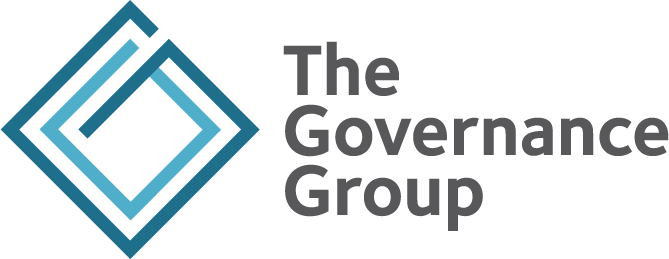Over the past couple of years, I’ve had the good fortune to work directly with a number of “not for profit” organizations, both at the operational and at the board level. I must say that this has been some of the most rewarding work that I’ve done since starting my business.
The passion, energy and overall giving nature of all the people I’ve come to work with in these organizations is admirable and compelling. I’ve learned an awful lot about the endless and extremely valuable work that is done in our community, much of it behind the scenes, but all of it done in an effort to make our community a better place to live – for everybody.
I’ve also come to realize that there are some impediments that exist in some of these organizations and quite often there is significant energy being wasted due to inadequate process and structure. As with many issues in any organization (business or not for profit), solutions and improved effectiveness need to start at the top, which in the case of the “not for profit”, this means the volunteer board.
Here are some things for you to consider if your board is not as effective as you would like.
#1 – Board purpose – seems straight forward but you might be surprised how many boards are not unified on their purpose. In many cases it’s because the board has evolved from a working board to a governance board and in that process the mandate of the board has become unclear. The board needs a clear purpose and mandate.
#2 – Role of board member – it’s very important that board members understand their responsibilities before they agree to sit on a board. As organizations have a more difficult time attracting high quality board members, sometimes there isn’t a good process for recruiting and onboarding members and as such, the role of the board member is not adequately described and communicated. It doesn’t do any good to have ineffective board members involved.
#3 – Meeting agendas – meeting agendas should reflect items and discussion that is important to the board. Routine items that are for information only should be contained in a “consent agenda” and shouldn’t take a lot of meeting time. Strategic items such as the key objectives of the organization and significant areas of risk should take up the majority of the discussion time. Operational items such as the program for the upcoming gala, or the results of the latest raffle, should be contained in the consent agenda as part of the staff reporting. In most cases, board meetings should be 60 – 90 minutes max.
#4 – Organizational strategy – similar to #1 above, if the values, mission and vision of the organization are not clear and not well understood at the board level, they should be. If the board is unclear, you can be guaranteed that the staff, key stakeholders and the public at large will be unclear as well. The board should also be ensuring that the organization is working on two or three key strategic objectives as part of their mandate. These should be operationalized as measurable goals for the staff to manage and report to the board. This process does not need to be complex, but it has to be in place as an important step in ensuring overall organizational effectiveness.
As you are starting a new year working with your “not for profit” board, you might want to consider some of these items. If you would like to discuss these issues or others, I’d be pleased to chat, just email me at colin@colinsauerconsulting.com and we’ll set something up. Be sure to check out my testimonials page –https://www.colinsauerconsulting.com/testimonials/
Thanks for everything you do, the community appreciates it!
